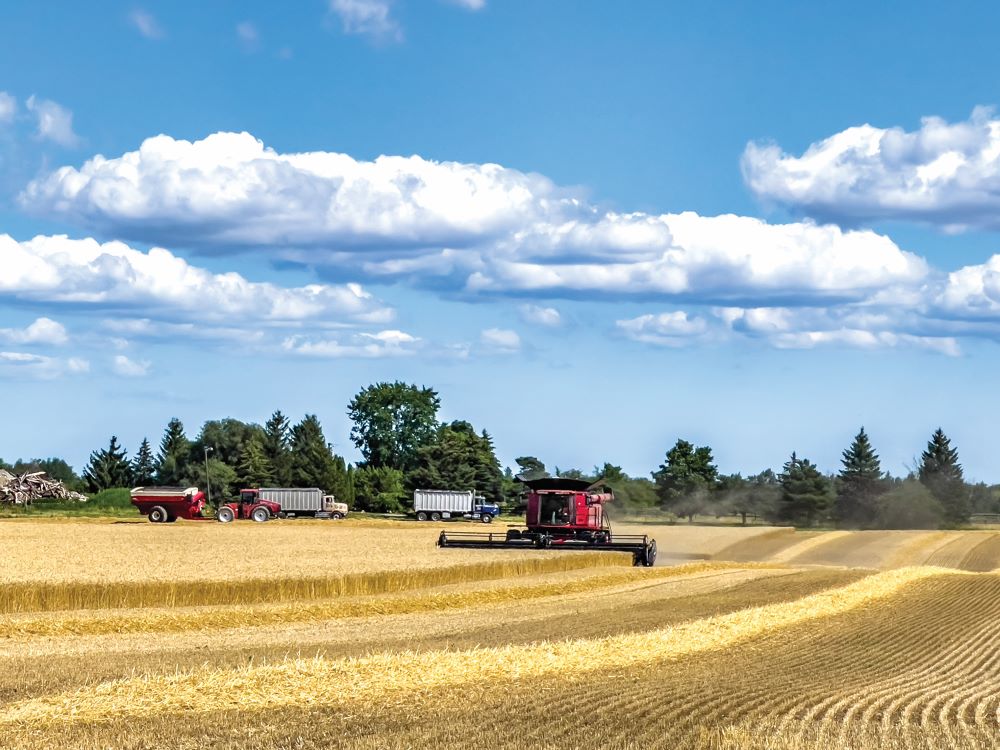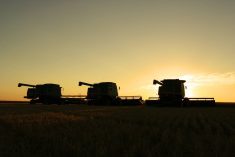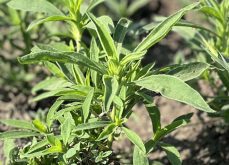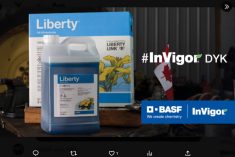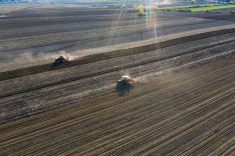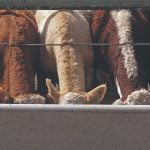No, sustainable agriculture is not organic farming, wildlife management, having a mixed livestock and grain system or anything else. It is efficient, effective, common sense crop production.
In recent years, Prairie farmers have adopted some of the most sustainable practices among agricultural producers in the world. Contrary to the naysayers who rant about the destruction of soil and ruination of most of our present farmlands, farmers have upgraded our croplands by adopting low or minimal tillage practices. Sustainable farms have periodic soil testing and use the required added amounts of nutrients to produce an optimal crop yield acceptable for their farming areas.
Agriculture worldwide must meet the food needs of society. Our Prairie crop yields have increased dramatically over the last 30 years from around 25 bushels per acre for wheat to 50 bushels per acre. In the same time frame, canola yields have almost doubled and potato yields have tripled.
Read Also
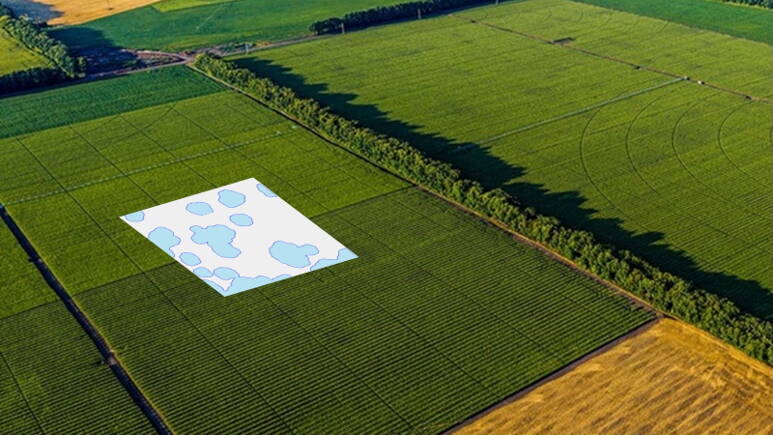
Geco, Gowan team up on predictive weed control using multi-year imagery
A new partnership between Geco and Gowan brings predictive weed mapping to more Prairie farms, using multi-year imagery to forecast patch-prone zones and support targeted herbicide plans.
Both conventional and organic crops need the same macronutrients (nitrogen, phosphorus, potassium and sulphur). There is absolutely no difference in the nutrients used for crop production, just a difference in the amounts used for more productive conventional farming.
Sustainable crop production
What sustainable crop production means is when you farm a given acreage, provided there is an absence of drought, your optimum crop yields for cereals, oilseeds or pulses should remain constant or at best increase from year to year. It’s a lot of balderdash to make statements like fertilizers destroy the soil. For a start, there is no such thing as a synthetic fertilizer. All of the phosphate, potash and sulphur used in agriculture has come from natural sources. All the industry does to these natural nutrient chemicals is to concentrate them and make them more plant available. Fixed nitrogen can be synthesized but this manufactured nitrogen is absolutely not in any way different from nitrogen fixed by lightning or legumes.
When Prairie farmers grow higher-yielding crops, they usually produce more crop residue, which for best sustainability practices must be incorporated back into the cropland.
I have personally viewed, inspected and checked the cropland of many Prairie farms where the in-field soil has been improved from a heavy clay to a much more mellow loam-like soil. This is sustainable agriculture. On the other hand, I have seen tracts of land, particularly hay and pasture land, where nutrients have been removed over many, many years with little or no nutrient replacement. This is unsustainable agriculture. This is what we could call worn-out soil.
Removing hay, grains or even livestock from cropland year after year with little or no nutrient replacement is, in reality, mining the soil for all and any plant-needed nutrients. This crop removal without replacement removes not only nitrogen, phosphorus, potassium and sulphur but also essential micronutrients such as zinc, copper and boron.
When any given nutrient required, say, for a 60- or even 100-bushel crop of wheat is in low or critical supply, it can cause drastic yield loss. Remember those fields of canola with severe sulphur deficiency? Fields had lots of nitrogen, phosphorus and potassium, lots of micronutrients, but little or no sulphur. Back in the 1980s, I saw fields that should have gone 30 bushels per acre or more turn up with five bushels or less due to the extreme lack of sulphur.
Sustainable agriculture is not grass-fed beef. Since when do we have much more than six months of grass virtually anywhere on the continent for that matter? I hope hay qualifies as “grass,” not forgetting that all cereals, wheat, barley, rye, oats, triticale and corn are all members of the grass family.
Forget those visions of earthworm-infested soils, they didn’t exist in Canada before the European arrival, neither did the much-vaunted honeybees — both were European invaders.
Livestock operations are sustainable when they grow or secure enough winter feed well in advance of any given year and manure is properly returned to the livestock cropland or sold or exchanged for feed to neighbouring farm operations. That applies to poultry, hog, beef or dairy or other more exotic livestock operations.
Recycling livestock manure and taking care not to overload nearby cropland with nutrients can be regarded as fully sustainable.
Farmers are doing the right things at the right times
Basically, Prairie farming operations in Canada can be regarded as sustainable for the vast majority of farms. That is, farmers doing the right things at the right times.
Critical enhancement to better sustainability is to pay not only close attention to crop nutrients and crop yields but to weed, insect and disease pests.
A Prairie example of damaging sustainable crop production is not using clubroot-resistant canola. Get with it. You all know that an ounce of prevention is worth a ton of control. Only 60 per cent of the canola used last year was from clubroot-resistant varieties. Go resistant. Get your grain checked for fusarium — just do it. Agricultural sustainability success is based on proven facts and not on beliefs or rumours.
Basically, Prairie farmers should be complimented on their overall high degree of sustainable crop production. Prairie farmers have the highest efficiency rates for nitrogen application in the farming world and crop quality from potatoes to peas is world class. We are getting there, but as you know the misinformed general public keeps moving those goal posts backwards because they are fed lots of misinformation and not the clear scientific facts.
Sustainable farming systems can be readily applied to organic farm operations, but it must be made clear the nutrients needed for target yields of cereals, oilseeds or pulses need proven plant nutrient inputs from organic sources. Just be aware of organic crop needs. Avoid unproven organic additives that are based on vague testimonials and not published, scientifically reviewed facts.


